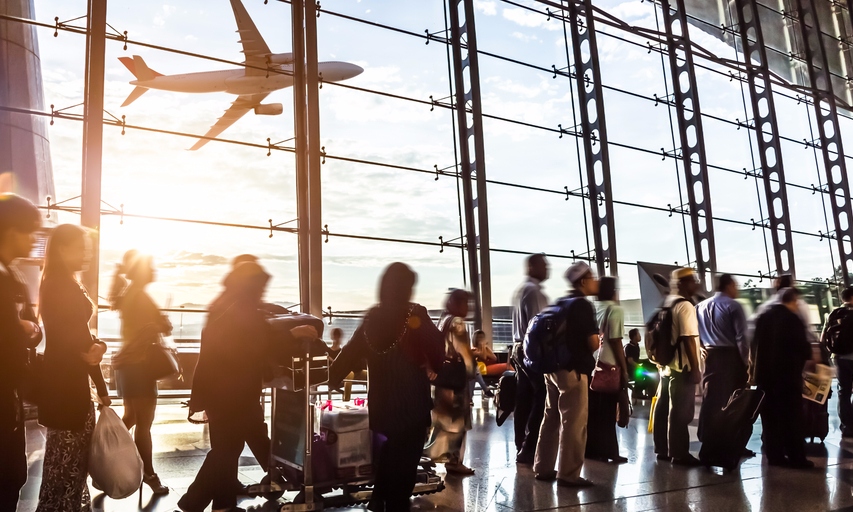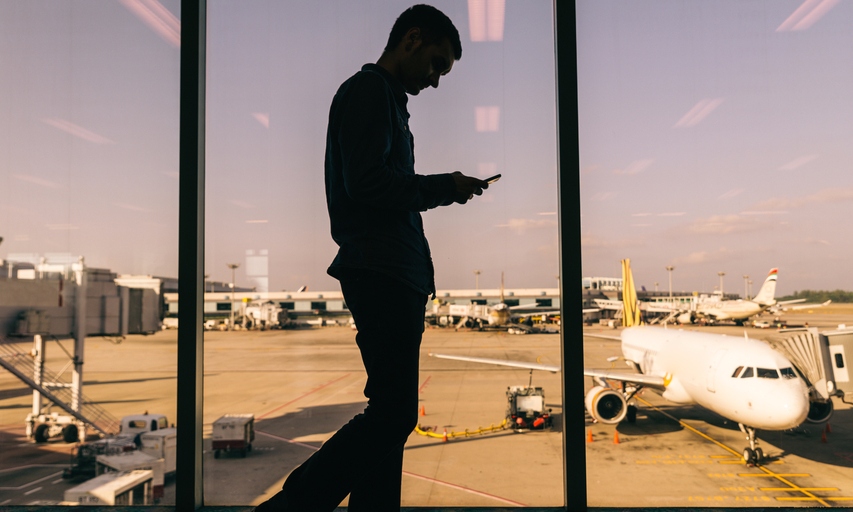Facial Recognition as a Security Tool by Robert Watts, Vice President of Facial Recognition, Digital Barriers
The International Air Transport Association (IATA) is predicting the amount of air travellers nearly doubling in the next 20 years, from an estimated 4 billion this year to 7.8 billion in 2036. Growing passenger flows are intensifying the demands put on airports to provide both seamless operations and safety, both of which are challenging to achieve with such a massive clientele. Facial recognition technology has by now become a common sight at many airports, as it has widely been deployed to replace traditional passport controls in an effort to deal with these large passenger flows. This is however one of the simplest applications of this highly advanced technology, which has the potential to do so much more to enhance both security and operations at airports.
Heightened threat levels, caused by global terrorist attacks, have forced airports to rethink their existing security measures. With advanced facial recognition technology, there is no longer a reason to only implement facial recognition at the formal passport control gates, but it can now also be used by airport security officials to monitor the whole terminal or even the entire area surrounding the airport. The technology is able to scan large areas more quickly and efficiently than the human eye, and it works by scanning people’s faces and alerting officials if they match any existing criminal watch lists, whilst ignoring everyone else. Following a positive identification by the technology, a human security official will then assess the threat and always make the final decision on action – nobody has ever been arrested purely based on an alert from a facial recognition system. The technology, which is already being piloted by security services, the police and casinos, therefore offers significant potential to protect airports and other high-profile targets more efficiently.
At ePassport gates, facial recognition is used to identify passengers by comparing their faces to their e-passport photos. In this identification process it is possible to control all of the variables involved: the person at the gate is not only matched against a perfectly positioned high-quality photo on the passport, but is furthermore stood in a well-lit specific spot to make the identification process as easy as possible. Whilst the technology has been a highly useful tool to catch imposters trying to get into countries illegally, for example at Washington Dulles Airport last year, its potential to do more for airport security has long been neglected.
Airports today tend to use facial recognition only for simple passenger throughput, but it has the potential to be used for the entire process from booking a flight to boarding a plane, all of which are today both laborious and time-consuming. Tokyo’s Narita International Airport has announced that it will in 2020 become the first airport to use facial biometrics in check-in, immigration and boarding procedures instead of passports and boarding passes, which is expected to significantly enhance operations and cut waiting times. The idea is to capture a passenger’s facial biometric data at their first point of contact, which will then be linked with passport and travel details by scanning relevant documents, allowing the passenger to then simply go through baggage check-in, security screening, immigration and boarding without having to show any documents a second time.
Apart from its operational benefits, the technology can also fill the most general security needs, such as detection and tracking of known criminals and terrorists in and around the premises, significantly easing the workload put on security personnel. Today, when deployed appropriately, the technology doesn’t need an individual to stand still in a designated spot but is able to identify even those who don’t actively want to be identified – even those who are on the move around the airport wearing hats and other accessories to avoid being picked up by the technology. Facial recognition can also help mitigate the most common issues at airports by keeping track of rogue taxi drivers, detecting and identifying pick-pockets, and limiting the risk of bag theft.
To ensure maximum security at airports, security officials need to have the right technology to stop and investigate those they believe could be a security risk. Today however, the security personnel are having to work with very limited information, which has left them vulnerable to accusations of discrimination and bias. Facial recognition would allow officials to make more informed and thus justified decisions regarding who to stop – if the technology for example would match a passenger at the airport to a known terrorist watch list, security officials would have more than enough information at hand to justify that individual to be interrogated.
This technology can thus enable more efficient and proportionate security measures at airports, as it can help law enforcement to instantly confirm if the people they are stopping have been involved in criminal activities before, and thus need to be thoroughly searched or taken in for further questioning. Unlike human officers, these systems don’t need prior personal engagement to recognise an individual, but rely instead solely on data and not on personal traits such as gender, age or race. Whilst the decision-making power ultimately stays with the security officers, the technology brings greater transparency and context to the process behind deciding who to stop and question.
Facial recognition has great potential to further enhance security and operations at airports, as the technology allows security officers to identify individuals on criminal watch lists faster and more accurately than the human eye. Facial recognition uses algorithms to match physical characteristics against photos and videos of people's faces, which have been collected from visas, passports and other sources. At airports the use of facial recognition has proved to both enhance security as well as speed up processes such as check-in and, in the future, even boarding proceedings.
For further information please visit www.digitalbarriers.com.

